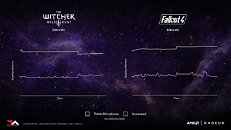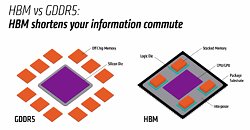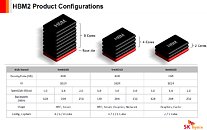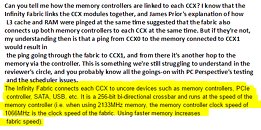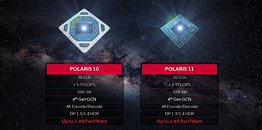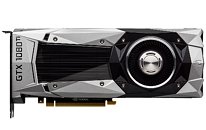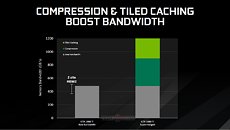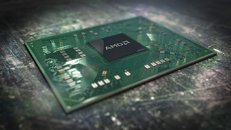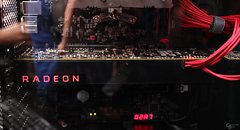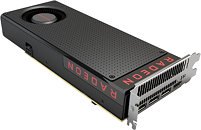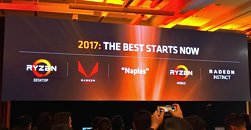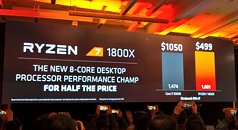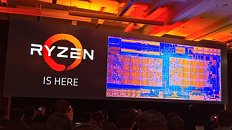
AMD Radeon Vega in the League of GTX 1080 Ti and TITAN Xp
In an AMA (ask me anything) session with Tom's Hardware community, AMD desktop processor marketing exec Don Woligrosky answered a variety of AMD Ryzen platform related questions. He did not shy away from making a key comment about the company's upcoming high-end graphics card, Radeon Vega, either. "Vega performance compared to the Geforce GTX 1080 Ti and the Titan Xp looks really nice," Woligrosky stated. This implies that Radeon Vega is in the same league of performance as NVIDIA's two top consumer graphics SKUs, the $650 GeForce GTX 1080 Ti, and the $1,200 TITAN Xp.
It is conceivable that AMD's desktop processor marketing execs will have access to some privileged information from other product divisions, and so if true, this makes NVIDIA's recent memory speed bump for the GTX 1080 a failed gambit. NVIDIA similarly bumped memory speeds of the GTX 1060 6 GB to make it more competitive against the Radeon RX 580. Woligrosky also commented on a more plausible topic, of the royalty-free AMD FreeSync becoming the dominant adaptive v-sync technology, far outselling NVIDIA G-Sync.
It is conceivable that AMD's desktop processor marketing execs will have access to some privileged information from other product divisions, and so if true, this makes NVIDIA's recent memory speed bump for the GTX 1080 a failed gambit. NVIDIA similarly bumped memory speeds of the GTX 1060 6 GB to make it more competitive against the Radeon RX 580. Woligrosky also commented on a more plausible topic, of the royalty-free AMD FreeSync becoming the dominant adaptive v-sync technology, far outselling NVIDIA G-Sync.










